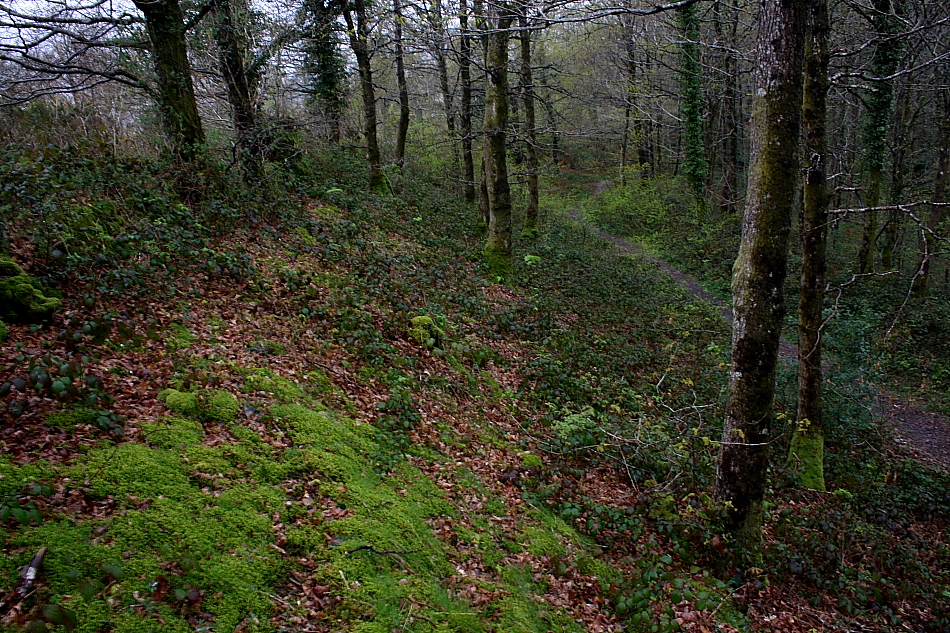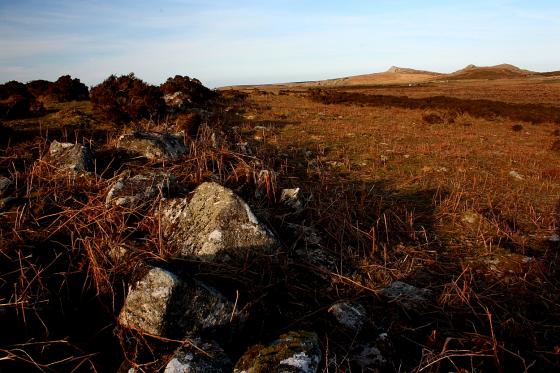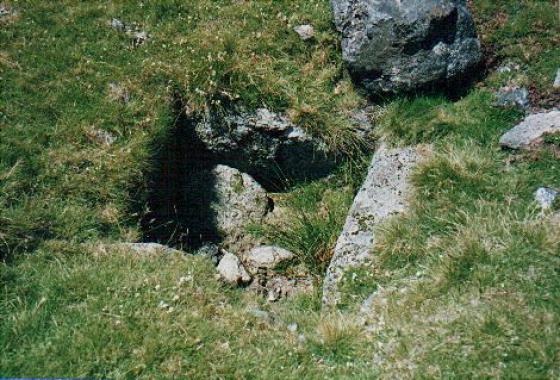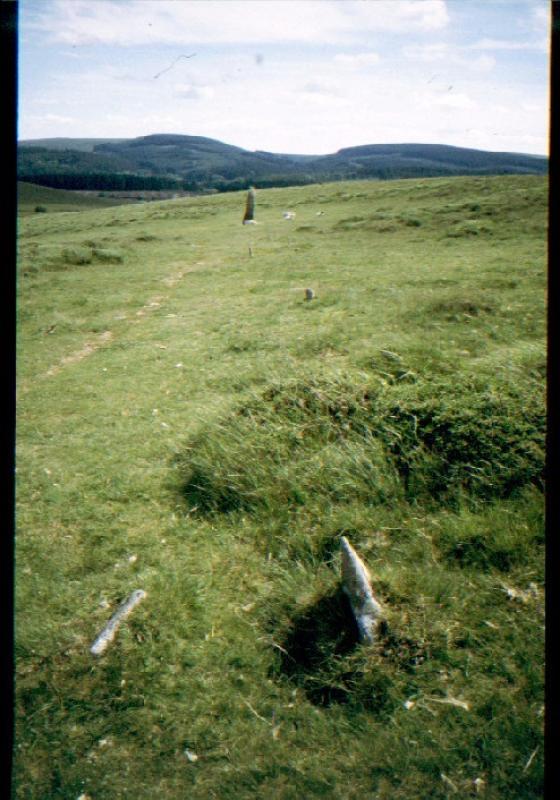Notes on Excavations during 1935
Hembury Fort 1935.
The 5th season of the D.A.E.S. Excavations at Hembury Fort, Devon, carried out in May under the direction of Miss Liddell FSA, saw the uncovering of the eastern Early Iron Age Entrance practically completed. In contrast to the western Entrance this had no revetment posts, but relied on more complicated palisade work. There were 60 feet of cobbled roadway leading through an elaborate gateway, and wooden structures represented by the sockets and cores of 18 posts set in two huge pits. The iron shoe upon which one gate revolved was found in one post-hole, and ornamented ‘Glastonbury’ type pottery from some others now dates the building of the main ramparts.
Numerous Neolithic cooking holes, and abundant traces of Neolithic dwellings were found beneath the Iron Age earthworks about this gateway, and an unusually long section of Neolithic ditch, measuring over 70 feet, traverses the entrance, running beneath the cobbled roadway. The course of this second Neolithic ditch has not yet been traced, and it remains a problem whether it can possibly haver any connection with the Neolithic ditch in the southern half of the Fort, or whether it is part of an independant ring in the northern half.
The 6th and 7th sections of the first Neolithic Ditch were located in the southern half, showing its course to curve right across to the eastern vallum on its way to encircle the Neolithic habitation site previously discovered on the extreme southern point of the Fort.
Two large Neolithic post-holes were found on the margin of the 7th section of the ditch. Quantities of flint and greenstone implements and of native and imported Neolithic pottery were recovered.
A trial cutting in the northern half disclosed a 4th period of occupation in a Romano-British pit, which had cut through an earlier Iron Age pit, amd which contained pottery of the third century A.D.

















































































































































































































































































